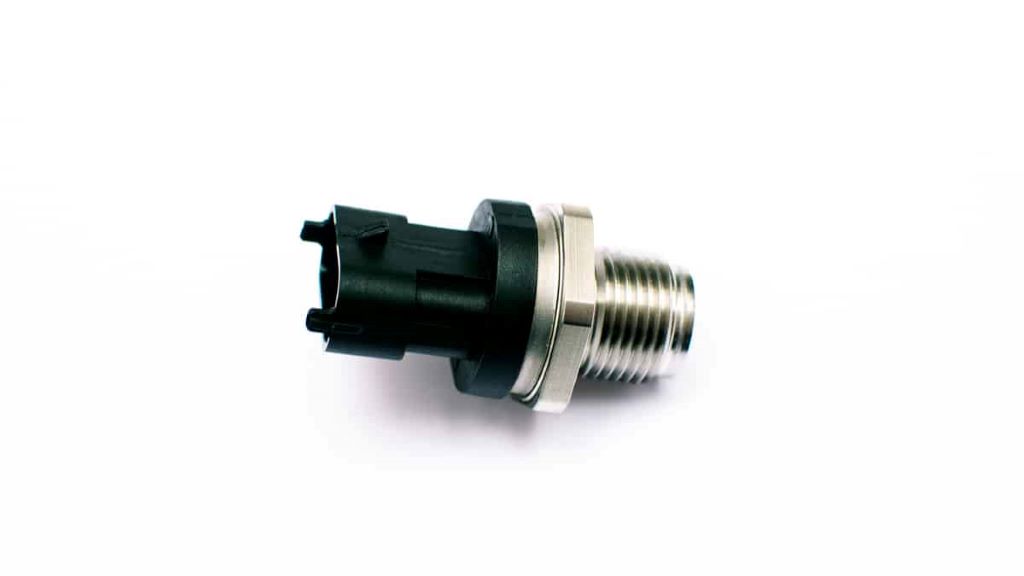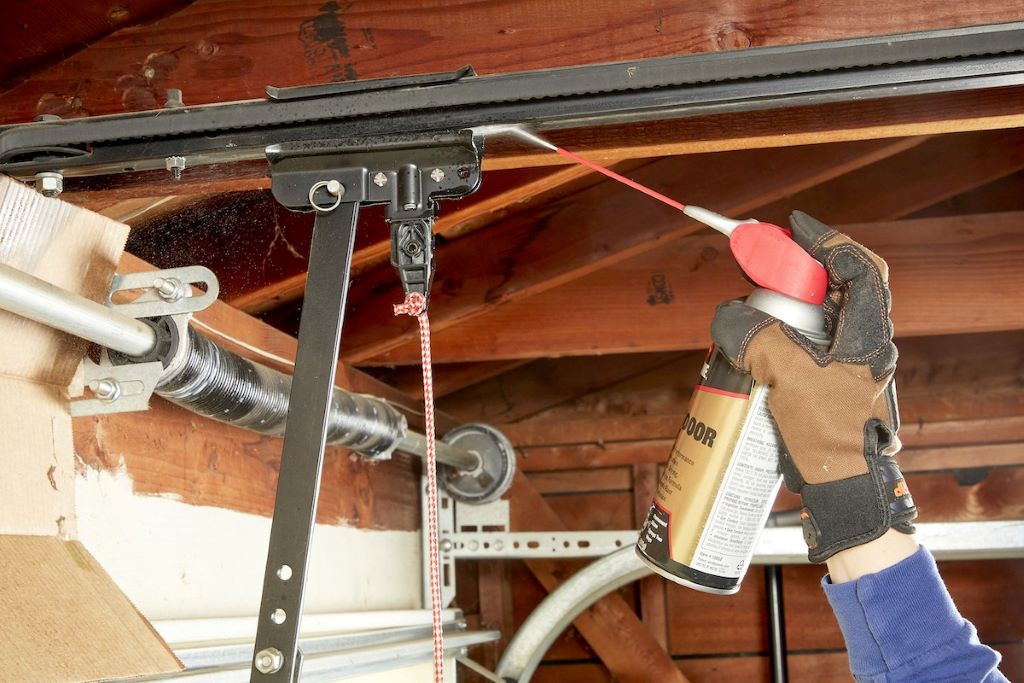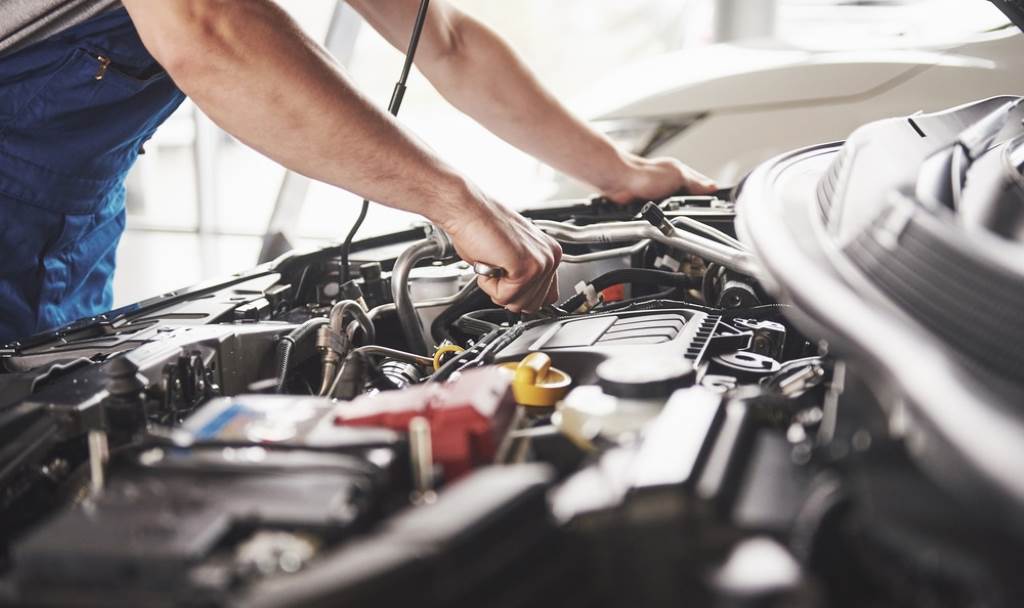The fuel pressure sensor is a key component in a car’s fuel system. It measures the pressure of fuel before it enters the fuel injectors and sends that data to the engine control module (ECM). The ECM uses that fuel pressure data to regulate and synchronize the fuel injectors to deliver the optimum air/fuel mixture for efficient engine operation. When a fuel pressure sensor goes bad, it can no longer provide accurate fuel pressure readings to the ECM. This throws off the air/fuel mixture and causes a cascade of driveability and performance issues. Read on to learn what happens when the fuel pressure sensor fails and how to fix it.
Hard Starts and Stalling
One of the most common symptoms of a bad fuel pressure sensor is hard starts and stalling. Here’s why:
To start properly, an engine needs the right air/fuel ratio. The fuel injectors supply the fuel, but without accurate fuel pressure readings, the ECM can’t correctly regulate the injectors. This leads to an imbalance in the air/fuel mixture when you attempt to start the engine.
The result is excessive cranking from the starter without the engine firing up, otherwise known as a hard start. In severe cases, the engine may start but then immediately stall out from improper fuel metering.
A failing sensor can also randomly cause stalling while you’re driving. The ECM uses dynamic fuel pressure data to adjust mixtures on-the-fly to account for changing operating conditions. Bad sensor data causes those adjustments to be out of whack, occasionally stalling the engine as a result.

Lack of Power and Acceleration
The fuel pressure sensor has a direct impact on engine power and acceleration. Here’s why:
Fuel injectors need to deliver precise amounts of fuel at exactly the right time. The ECM uses fuel pressure data to determine injection timing and duration.
When that fuel pressure data is incorrect due to a failing sensor, the ECM cannot properly synchronize the injectors. This means inefficient combustion, with some cylinders getting too much or too little fuel.
The end result is power and acceleration loss. You’ll notice listlessness and lack of response as you depress the accelerator. Your vehicle may struggle to get up hills or merge into traffic. Significant sensor failure can make accelerating nearly impossible.
Decreased Fuel Economy
In addition to driveability problems, a failing fuel pressure sensor also hurts fuel economy. Here’s what happens:
With bad sensor data, the ECM cannot accurately calculate transient fuel trims. It’s unable to properly adapt to changing operating conditions. The injectors end up supplying an imbalanced, inefficient air/fuel mixture.
Too much fuel results in incomplete combustion inside the cylinders. Unburned fuel then gets expelled from the tailpipe as emissions. That wasted, excess fuel directly reduces miles per gallon.
Some estimates indicate that a faulty sensor can reduce fuel economy by as much as 25 percent under severe failure conditions!
Check Engine Light Illumination
Another key indicator of fuel sensor failure is the illumination of the check engine light. Here’s why it happens:
The ECM continuously monitors the fuel pressure sensor circuit for correct voltage and resistance readings. When those readings are outside allowable limits due to sensor damage,it sets a diagnostic trouble code (DTC).
For these issues, common DTCs include P01810, P01812, P01814, P01815, and P01817. Any fuel sensor DTCs will illuminate the check engine light.
In addition to sensor circuit codes, other engine management DTCs related to fuel delivery and oxygen sensor operation can also be set due to the sensor’s failure. So don’t assume fuel pressure is okay just because there are no explicit fuel pressure codes present.
Fuel Odor in Cabin
On rare occasions, a leaking fuel pressure sensor may allow fuel fumes to enter the cabin area, leading to a fuel odor. Here’s the mechanism:
The sensor mounts into the fuel supply line to allow it to directly monitor gasoline pressure. Faulty seals or damage to the sensor housing can create external leaks.
Those leaks may spray fuel onto hot engine components. The resulting fumes then get drawn into the cabin air intake system and distributed through the dash vents.
While not an immediate hazard, fuel vapors inside a vehicle over time pose serious health risks and can degrade interior cabin components. If you smell gas, have your mechanic inspect for leaks immediately.

How to Fix a Bad Fuel Pressure Sensor
The only remedy for a faulty fuel pressure sensor is to replace it. DIY costs, including the part, run $100-200 on average, depending on the vehicle. Shop quotes average around $300. Here are some step-by-step tips for replacing it:
- Locate the sensor on the fuel supply rail and disconnect the electrical connector.
- Using a fuel line quick disconnect tool, detach the fuel lines from the sensor.
- Remove the sensor mounting bolts and detach it from the rail.
- Install the new pressure sensor and reconnect the lines and connector.
- Turn the key to pressurize the system and check for fuel leaks at connections.
- Clear any codes and test drive to confirm normal operation.
Replacing the fuel sensor also provides a good opportunity to inspect fuel injectors and lines for any damage. Be sure to address any issues found to restore optimal engine performance.
With the fuel pressure sensor replaced, your engine can once again receive the necessary fuel pressure data to allow proper air/fuel metering. That leads to easy starts, smooth acceleration, optimal economy, and solid engine reliability.
Frequently Asked Questions
Is it safe to drive with a bad fuel pressure sensor?
You can still safely drive a car with a bad sensor for a short time. However, you may experience drivability issues, loss of power under load, and reduced fuel economy until it is fixed. Prolonged operation risks additional emissions system damage. Schedule sensor replacement as soon as possible.
What happens if fuel pressure is too high or too low?
The engine needs consistent fuel pressure around 39 to 87 PSI, depending on the model. Too high pressure can damage seals and overload components. Too low pressure starves cylinders of fuel, leading to misfires, vapor lock, and idle instability. Either condition causes driveability problems.
Can a leaking fuel pressure sensor cause a fire?
It’s unlikely but possible in a worst-case scenario. If sensor seals fail and spew pressurized fuel onto hot exhaust components, it could ignite given an oxygen source. Far more often, it just results in fuel odors as droplets follow airflow paths into ventilation ducts.
Why not just ignore a bad fuel sensor?
You can technically drive without a working sensor since it’s not critical for basic functioning. However, engine efficiency will sharply decline, leading to wasted gas and excess emissions. Plus, the vehicle may frequently stall out, leading to dangerous situations. Replacing it is highly recommended.
What other issues can cause similar fuel pressure problems?
Clogged fuel filters, worn fuel pumps and pressure regulator issues can mimic a failing sensor. Checking for trouble codes can help isolate if it’s the sensor itself or problems elsewhere in the system causing incorrect pressure readings to the ECM.
Conclusion
The fuel pressure sensor plays a vital role in monitoring gasoline delivery to the engine for proper combustion. When it fails, it feeds inaccurate data to engine computers, leading to a variety of driveability and performance problems. Drivers may experience hard starting, random stalling, sluggish acceleration, reduced MPG ratings, check engine lights and even fuel odors from sensor leaks. Considering the potential risks of fuel pressure sensor failure, such as compromised engine performance, getting a locking gas cap is a prudent choice for safeguarding your vehicle’s fuel system. By understanding the fuel pressure sensor failure modes covered in this article, you can more readily identify issues and determine the next steps for repair, ultimately ensuring that you replace a damaged sensor before severe issues arise and help restore peak engine operation.





